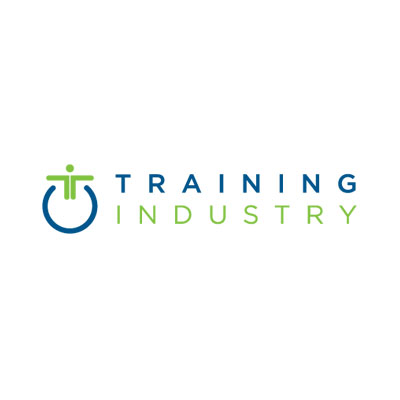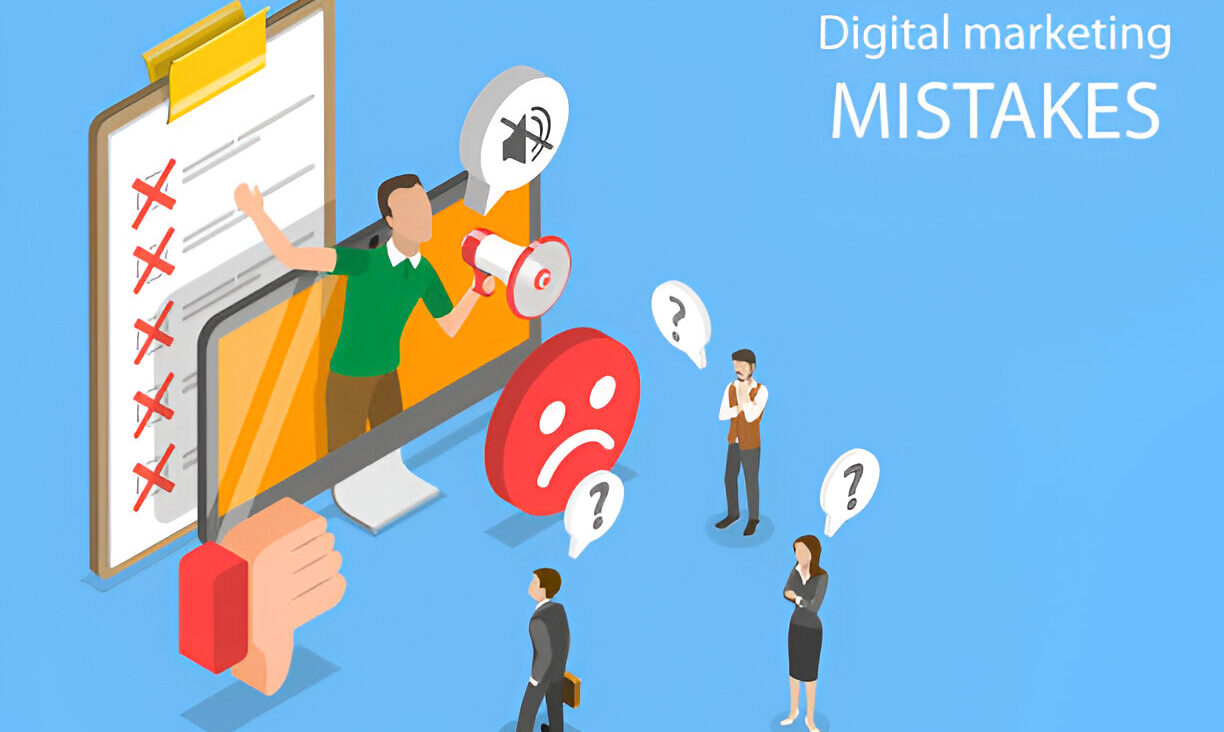The terms coaching, training, and consulting are thrown around by clients—believed to be interchangeable and to solve people’s problems in exactly the same way. In reality, the methods vary greatly, and each must be deployed in accordance with the need to get the greatest impact and your desired result.
Briefly, the difference between consulting, coaching, and training can be explained as follows:
- Consulting tells your people what to do.
- Coaching asks challenging questions to create an environment where people want to have to do.
- Training teaches a skill so they know what to do.
In more detail:
Consultation: Consultants assess, prescribe solutions, and tell employees or companies what to do when they are in need. Consultants are typically experts in their industry, have an agenda, and provide answers to their clients. Their success is usually measured by the deployment of the solution or response to the customer, not if the customer successfully deployed the solution on their own.
Consultants have the expertise and are known to communicate solutions directly to managers or leadership teams, who are then expected to communicate using their own desired methodology, which may include training or coaching.
Coaching: A coach’s goal is to help a person, company, or department to “get loose” or to want to progress, elevate, and move forward through action. A coach’s goal is to get a client from their current state to a future, successful state. Leaders tend to deploy a coach when they have an employee or group that is great and adding value but not fulfilling their potential.
A coach encourages clients by asking open-ended questions that clients may never have asked themselves. The answers to these questions are used by the employee to create new thoughts that ultimately create new feelings that drive new actions or changes. The employee will drive because she wants to move forward, not because she is told to move forward. A coach is not attached to the client’s outcome. Although the coach may care about the person she is coaching and help them move forward, the coach is not attached to the decision the employee makes.
Training: Training should be deployed when there is a need to learn a specific skill. It is deployed when a person or group does not know how to do something. Training is typically delivered within a group; however, facilitators (the people doing the training) can teach one-on-one when deemed necessary. Facilitators understand mature learning styles and how to build engaging training to ensure participants learn and retain new skills to apply on the job.
Knowing when to deploy the ideal solution and talent is the secret sauce. There are situations (more often than not actually) where all skills are required at different times to achieve the client’s specific goals.
For example, a consultant working with a car dealership with the goal of increasing profitability may determine that their sales process is broken. She will tell the dealer what is not efficient and then provide a solution by providing a new/updated process (tell). The dealer then hires a facilitator to teach the new sales process to the sales team (skill), but the sales manager is not on board (stuck). At this stage, a coach is deployed to get the manager to want to deploy and support the new direction and team.
As leaders, we cannot always hire an expert coach, consultant, or facilitator; we have to play the ideal role of telling, teaching, or helping to free our people. Regardless of whether you use a hired hand or are on your own, knowing the difference between these three skills, what to deploy, and having the expertise to do so is a game changer for your company and, most importantly, the people inside.
================
AISKILLSOURCE.COM










